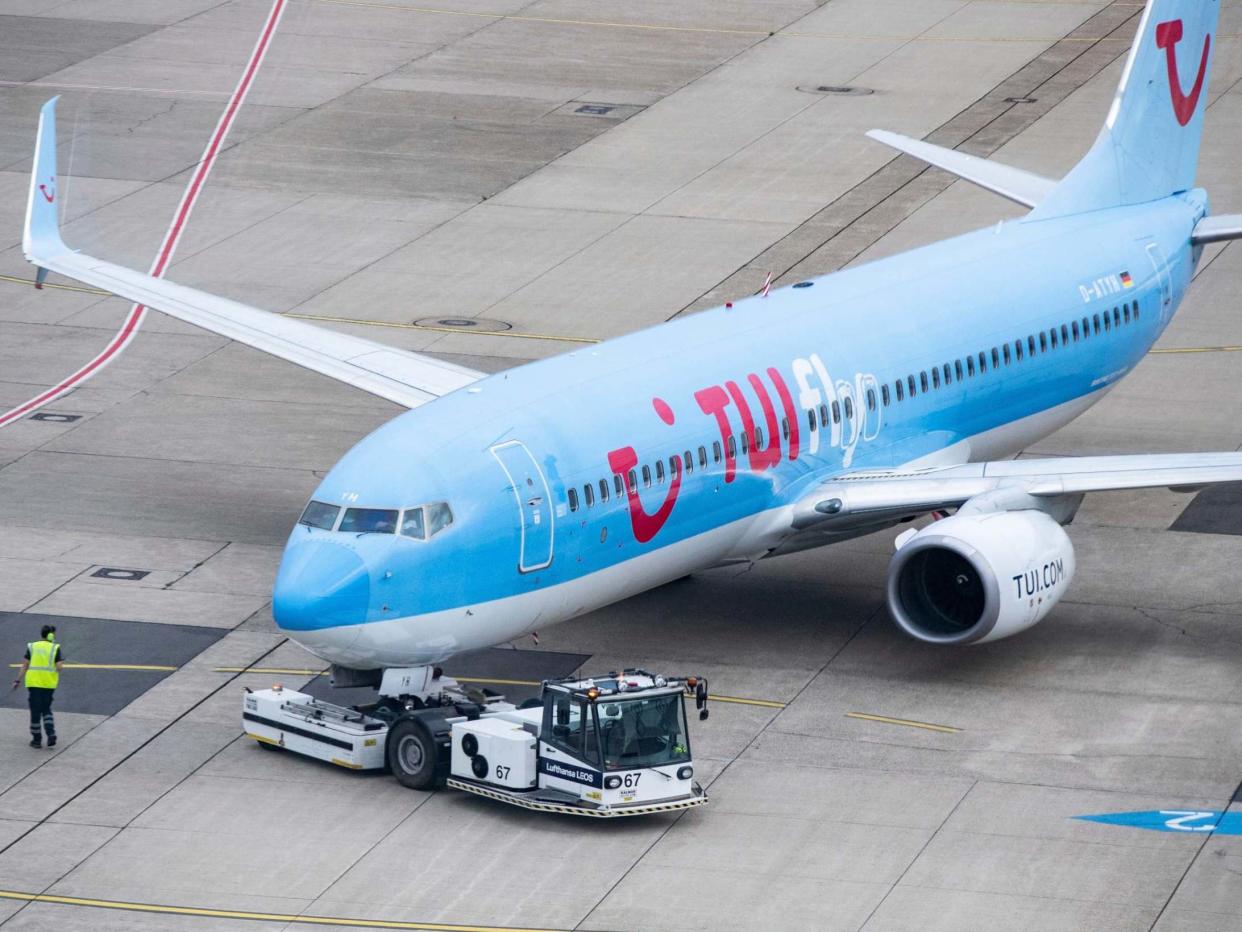Got an inflight problem? Give cabin crew a chance to deal with it

You were almost certainly not aboard Tui flight 6215 on 25 September, and I definitely wasn’t. So neither of us knows exactly what happened aboard the plane during its 3 hour, 42 minute journey from the Greek island of Zante to Cardiff.
One passenger claims the rules on staying seated and wearing masks were flouted on a grand scale, with many passengers wearing face coverings underneath their noses or beneath their chins. Another contradicts this version of events and insists that cabin crew were highly professional at all times.
We will never know, but there is one essential conclusion to be drawn: any passenger who identifies risky behaviour had a duty to take action.
That might simply involve a polite word with the perpetrator, if that is appropriate; otherwise enlist the help of cabin crew, and give them the chance to solve the problem. To me that seems fairer than saying nothing for several days and then going to the media.
“Zantegate” raises more important questions than who did what, when?
Who knew what, when? Because still to be tracking down passengers a week after they landed doesn’t look like a working system.
Public Health Wales (PHW) says 16 cases of coronavirus were linked to the evening flight. Five days after the 187 passengers, four cabin crew and two pilots landed, the health body asked Tui to email everyone on board and tell them to self-isolate for two weeks.
Why, I wondered, did it take so long? The health body explained the painstaking process: “On day one, the person is exposed to the coronavirus infection.
“There is delay of between two and 14 days until the person experiences symptoms. The flight could take place at any time in this period.
“The person then books a test in the UK. In the case of the Zante flight, some symptomatic people took a test two days after returning home, others later.”
The samples take up to three days to be analysed. Only once several tests have been processed can PHW start identifying clusters.
We need a far speedier way to identify “problem” flights. That might involve a mix of pre-flight testing – which would possibly pick up some inadvertently infectious people and stop them boarding planes – and testing on arrival.
The government has made it clear testing is not an acceptable alternative to quarantine, but this is a different purpose: to pick up at least some of the infectious passengers.

No need to test every arrival: medical and travel professionals could identify the kinds of flights most likely to carry infectious passengers, such as the late-evening “corona charter”, as it has unkindly been dubbed. So devote resources to these, rather than business departures from Frankfurt or Milan.
The other big concern: passenger locator forms. Everyone travelling to the UK – including from countries such as Greece that are currently exempt from quarantine – must complete one.
I am not a data scientist, but I would like to think that interrogating the database to find details for every passenger who was on Tui flight 6215 on 25 August would generate 187 names, addresses, phone numbers and emails.
Yet instead, the airline sent out the unwelcome message that everyone aboard the Boeing 737 had to self-isolate.
I speculate that not every passenger on the Zante-Cardiff flight diligently and accurately completed their passenger locator form, which is why Tui’s help was enlisted.
If the online system is not generating accurate data, everyone – passengers, crew, airlines and the non-travelling public – needs to know what the authorities are doing about it.
We all want to reduce risk. And we need a system which does just that.
Read more
Covid infection numbers point to Portugal’s return to quarantine list
What is quarantine, who needs to do it, and for how long?
‘No desire’ by government to allow testing, claims travel insider
Zante ‘virus flight’ reveals shortcomings in tracking arrivals to UK


